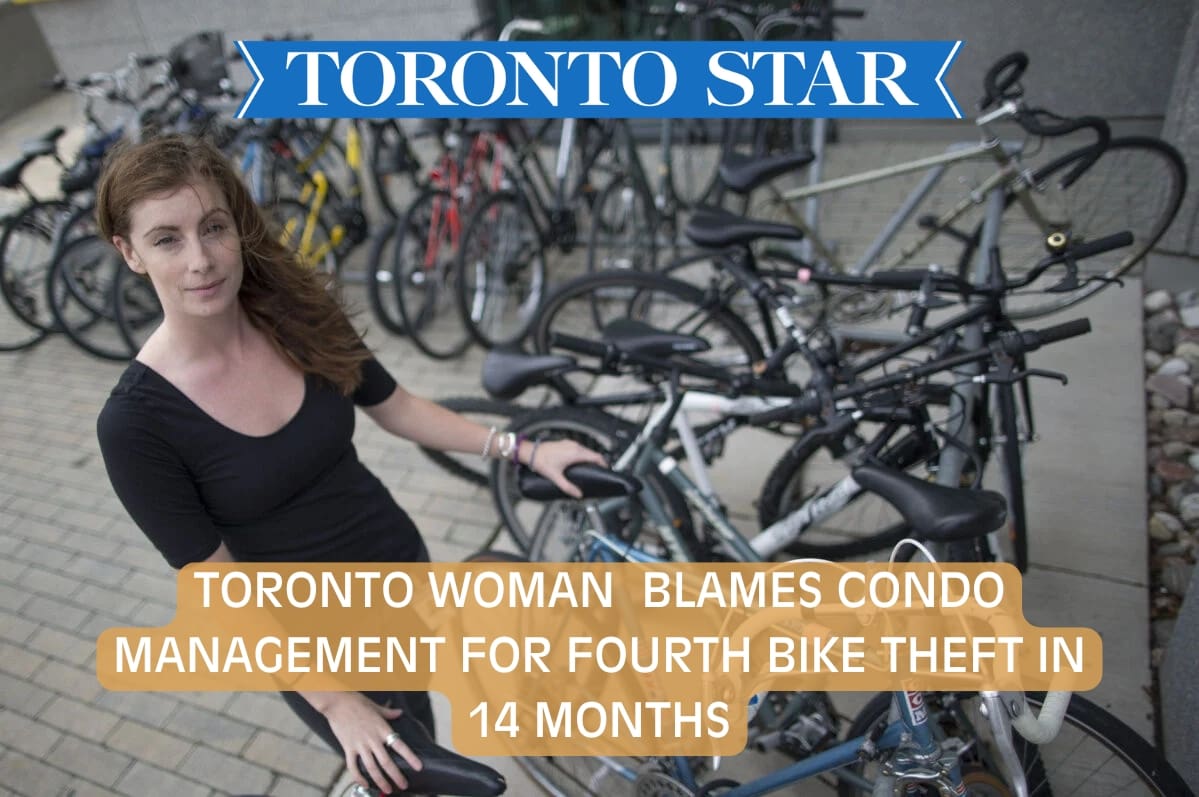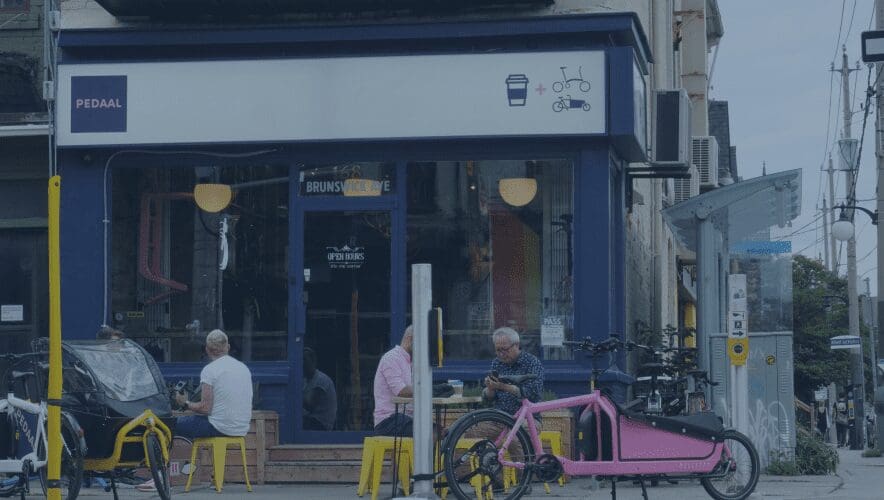Cycling is growing in Toronto – but a recent paper suggests that things might be a little… compartmentalized. According to this study, apartment and condo dwellers are far less likely to ride than those in detached homes, despite living closer to bike lanes and transit. This matters, because nearly 44% of Torontonians live in multi-unit buildings. In this article, we’ll explore why building design bottlenecks demand, how policies are starting to shift, how Bike Share ridership might challenge this data, and how the best solution might be a bike that compartmentalizes itself! Read on to learn more!
Toronto’s Underground Theft Problem
In Toronto’s ever-evolving skyline, it’s tempting to believe the city has left its car-dependent past behind. Condos are rising near subway stations, walkable amenities abound, and cycling infrastructure continues to expand. But if you live in one of these new towers and try to park a bike, you face major issues of accessibility, convenience and especially theft. Below the surface – and we mean this quite literally – Toronto’s condos are stuck in a legacy of car-first design. Even the newest buildings bury bike parking in concrete corners, treating it as an amenity, not infrastructure. Despite the fact that bicycles are important to residents, they are still considered an afterthought to many developers.
This shows in the theft statistics. Whereas Toronto bicycle theft used to be almost exclusively street level, it has now moved underground. According to BlogTo, “of the 21,584 stolen bicycles reported to Toronto Police between 2014 and 2019 (the most recent available data), only 6,959 were swiped from “outside.” That means over 60% of bike thefts happen inside buildings or private parking facilities. Sixty percent…. ouch!
High-Rises, Low Cycling Rates: The Design Disconnect
A 2017 study, Dwelling Type Matters, published in the Transportation Research Record, lays the foundation for understanding why cycling rates remain low in high-rise apartments. Analyzing 223,232 trips in Toronto, the authors found that, even after controlling for income, age, gender, trip length, infrastructure, and more, residents of apartments were less than half as likely to cycle as those in detached houses.
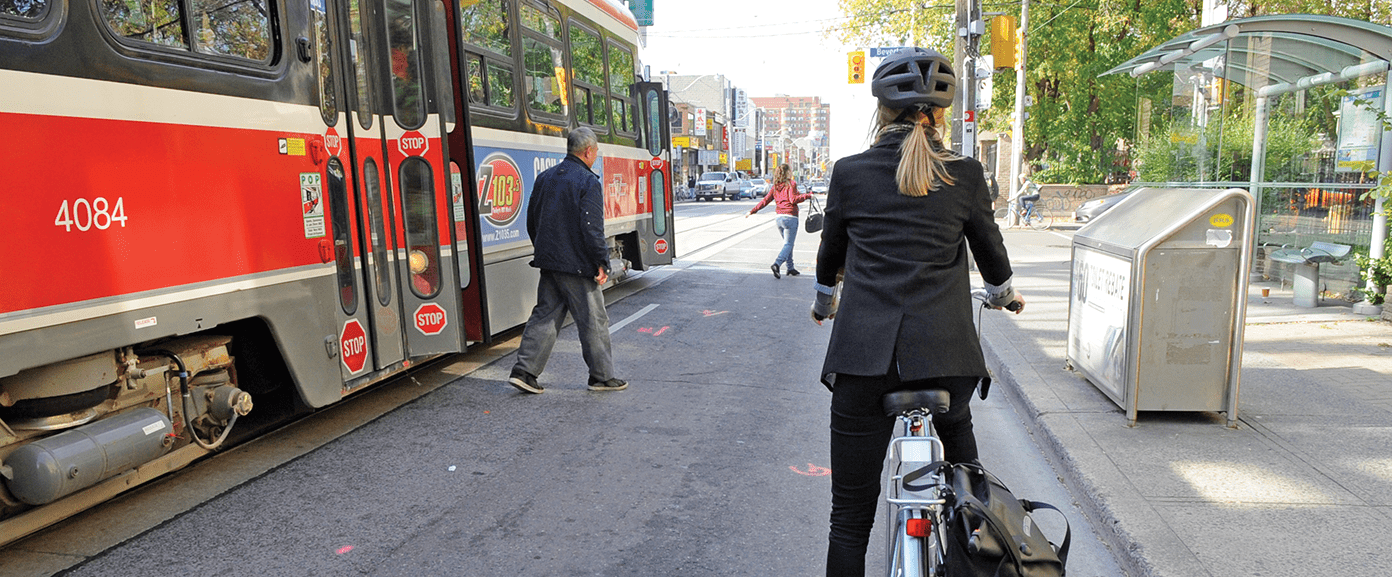
This is not for lack of interest. After all, people move into condos because they want higher proximity to amenities and understand how a bicycle glues urban life together. As the article suggests, what we’re seeing here is latent demand constrained by poor design.
The Legacy of the Tower-in-the-Park
To understand why cycling suffers in Toronto’s apartment blocks, we might look back at the planning paradigm that shaped the original apartment boom back in the 1970’s: the “Tower in the Park” model. Toronto adopted the Tower in the Park model after WWII to quickly build affordable housing for a growing population. Borrowed from Le Corbusier and popularized across North America, this modernist design placed tall apartment towers in open green spaces, separated from the street grid and connected mainly by wide roads and surface parking. With zoning rules separating homes from shops and rising car ownership, these towers fit the expanding suburbs and were especially popular for public housing on cheaper land. While efficient at first, this car-centric model often created isolated neighborhoods with little street life. One of the best examples of this is found right downtown Toronto, St James Park.
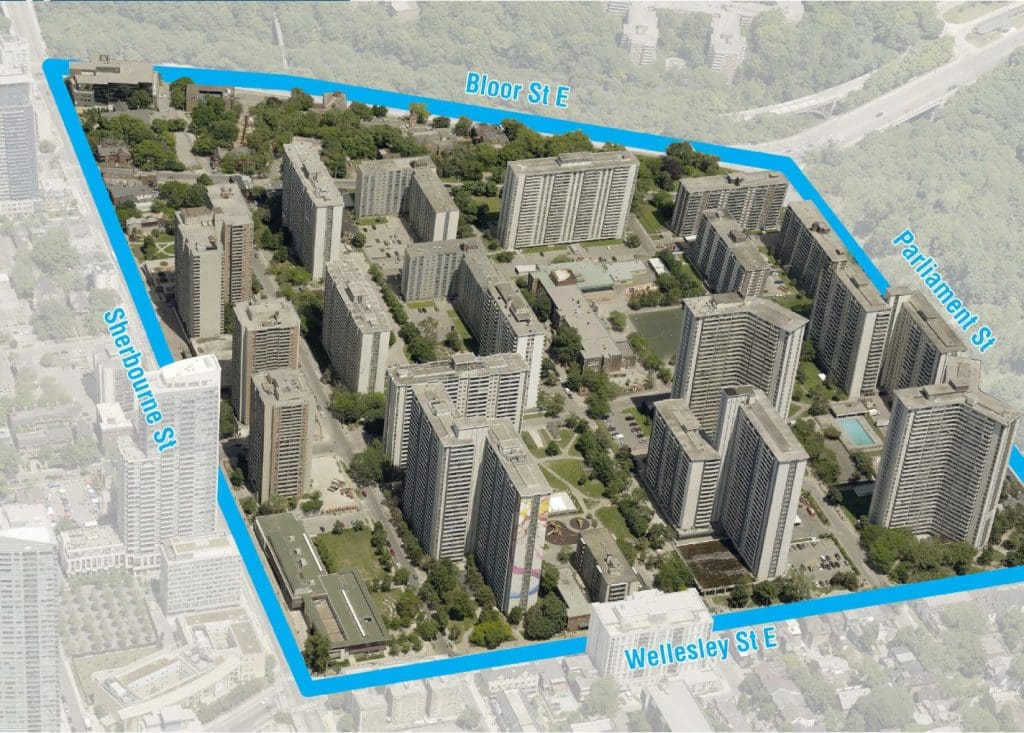
Even today, new condos reflect this car-focused mindset – not always in their shape, but in how they function. While towers may now line the street, they often still prioritize underground vehicle parking, shared ramps that aren’t bike-friendly, narrow corridors, awkward doors, and poor connections to cycling routes. As a result, even when bike parking is available, using it often feels like a hassle rather than a welcome option. To put it bluntly, it’s shit.
Bijlmermeer: How Dutch Towers Made Room for Bikes
Interestingly, the Netherlands also experimented with the tower-in-the-park model, with one of the most notable examples being Bijlmermeer, a 1960s mega-project in Amsterdam-Zuidoost. Like many projects of its era, it was built on modernist ideals emphasizing towers, parks, car dominance, and separation of travel modes. However, the Dutch approach diverged significantly by consistently making space for bicycles. During Bijlmermeer’s planning – despite its car-centric outlook – Dutch engineers and planners incorporated grade-separated cycling paths, often elevating cars on viaducts while allowing cyclists and pedestrians to travel safely below or at ground level on separate, direct routes. Cycling routes were connected to homes, metro stations, schools, shopping centers, and public spaces, providing a practical alternative to driving.
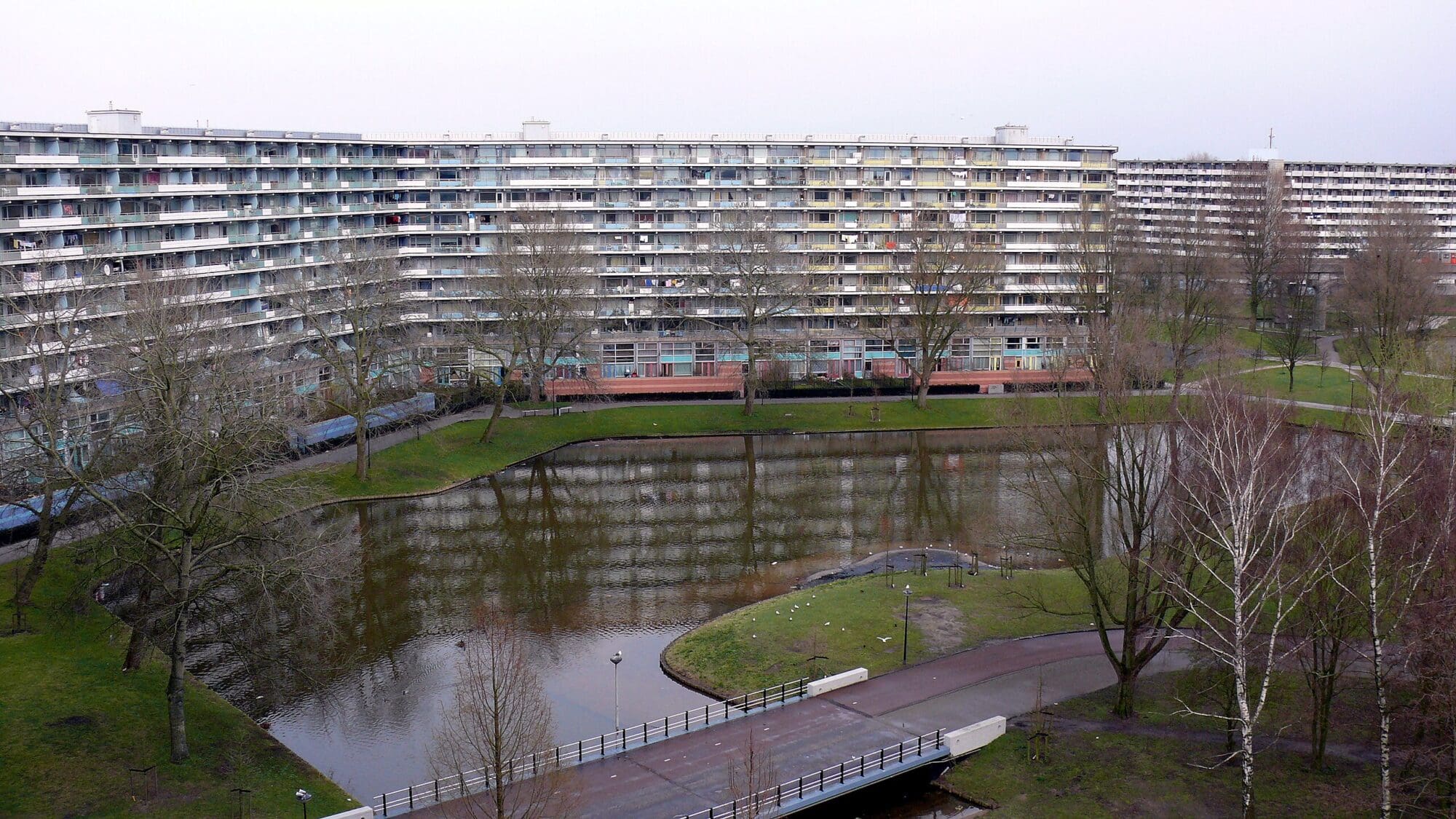
This commitment meant cycling infrastructure wasn’t an afterthought but an integral part of the movement system, distinct from both pedestrian and automobile pathways. When Bijlmermeer underwent major regeneration in the 1990s and 2000s to address social isolation and poor connectivity, the city retained its focus on cycling by retrofitting the area with improved cycling infrastructure, introducing more mixed-use zoning, and enhancing access to public spaces. This shows that even tower-focused developments can be adapted to support cycling – if the intent and design are there.
Toronto’s Missed Opportunity: Bylaw 569-2013
Toronto took an important step forward with Bylaw 569-2013, which introduced minimum bicycle parking requirements for new developments. But while the bylaw is clear on quantity, it says little about quality. It mandates how many bike parking spaces must be provided, but not how well they must function in practice.
As a result, developers often treat bike rooms as an afterthought. Bike lockups are tucked away in leftover corners like utility closets, buried deep underground, and accessible only by navigating multiple doors, ramps, and awkward corridors. With little attention paid to ease of access or integration with street-level cycling routes, bike parking is frequently reduced to a box-checking exercise rather than a meaningful part of urban transportation planning. And then, of course, there’s the persistent issue of theft.
Meanwhile, in the Netherlands: Fietsparkeernormen
Dutch cities approach bike parking very differently, guided by Fietsparkeernormen. These are formal bicycle parking standards that address not just quantity, but also location, usability, and safety. These norms require a minimum number of spaces based on building use, typically 1.5 to 2 bike spaces per residential unit, along with visitor parking – usually at-grade – at a rate of 0.3 spaces per unit. Moreover, specific provisions are made for cargo bikes and e-bikes.
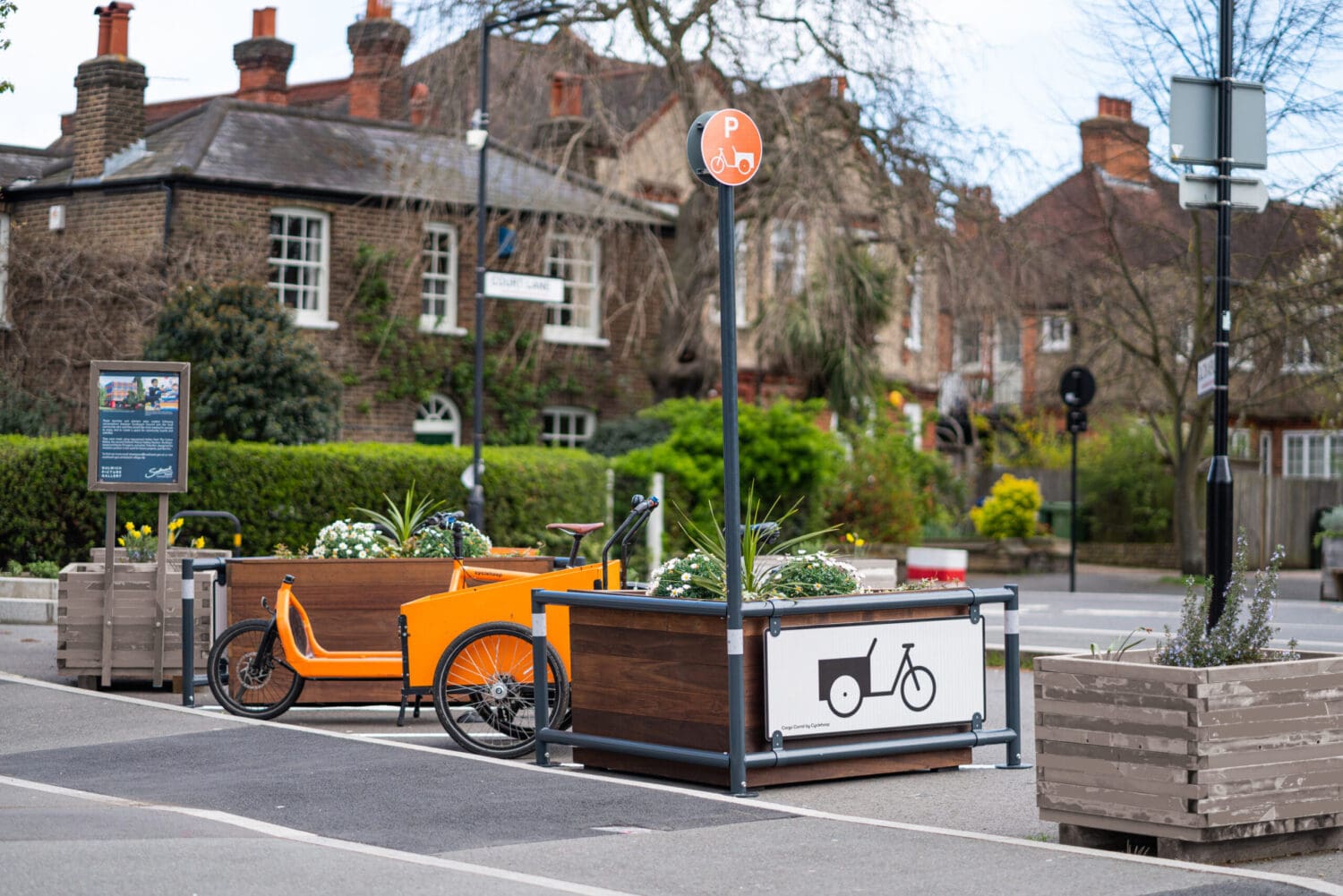
Accessibility is central here. For instance, bike parking must be located within 25 meters of the building entrance, entirely at-grade or accessible via ramps, with wide doors to accommodate family bikes and trailers. Design standards include minimum stall sizes (typically 1.8–2.0 meters long and 0.75 meters wide), larger stalls for cargo bikes, and options for vertical or two-tier racks.
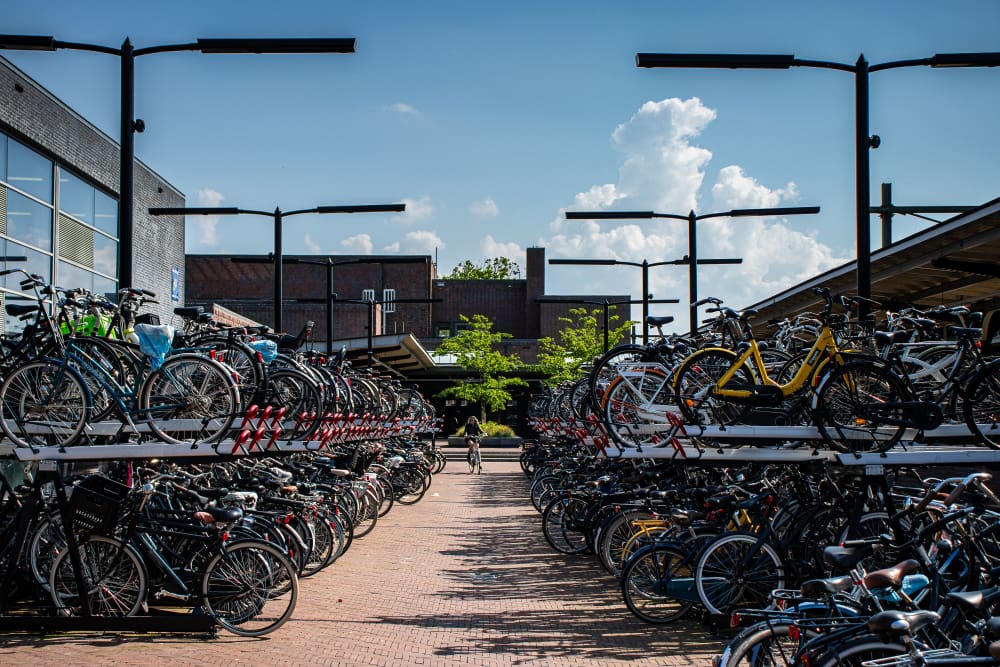
Security and convenience are also mandated. Long-term parking must be covered, secure, and indoors, with lighting, surveillance, controlled access, and e-bike charging stations. Clear wayfinding and signage complete the package. In cities like Amsterdam, Rotterdam, and Utrecht, these standards are non-negotiable – even retrofits of older buildings must meet quality benchmarks, often supported by subsidies or detailed design guides. As for Toronto? We have a long way to go!
When Condo Parking Fails, Bike Share Steps Up
One tool that can change this data is Bike Share. Essentially, Bike Share acts as a sophisticated, highly secure, and accessible bike parking system – offering a far more convenient alternative to often inconvenient condo bike storage. Many new downtown residents use Bike Share to try city cycling with minimal risk or investment. While exact data on apartment dwellers using the system isn’t published, Bike Share ridership has surged by 756% since 2015, with the highest concentration of trips downtown, where most condos are located. Anecdotally, many users choose Bike Share because their condo bike parking is unreliable or inaccessible.
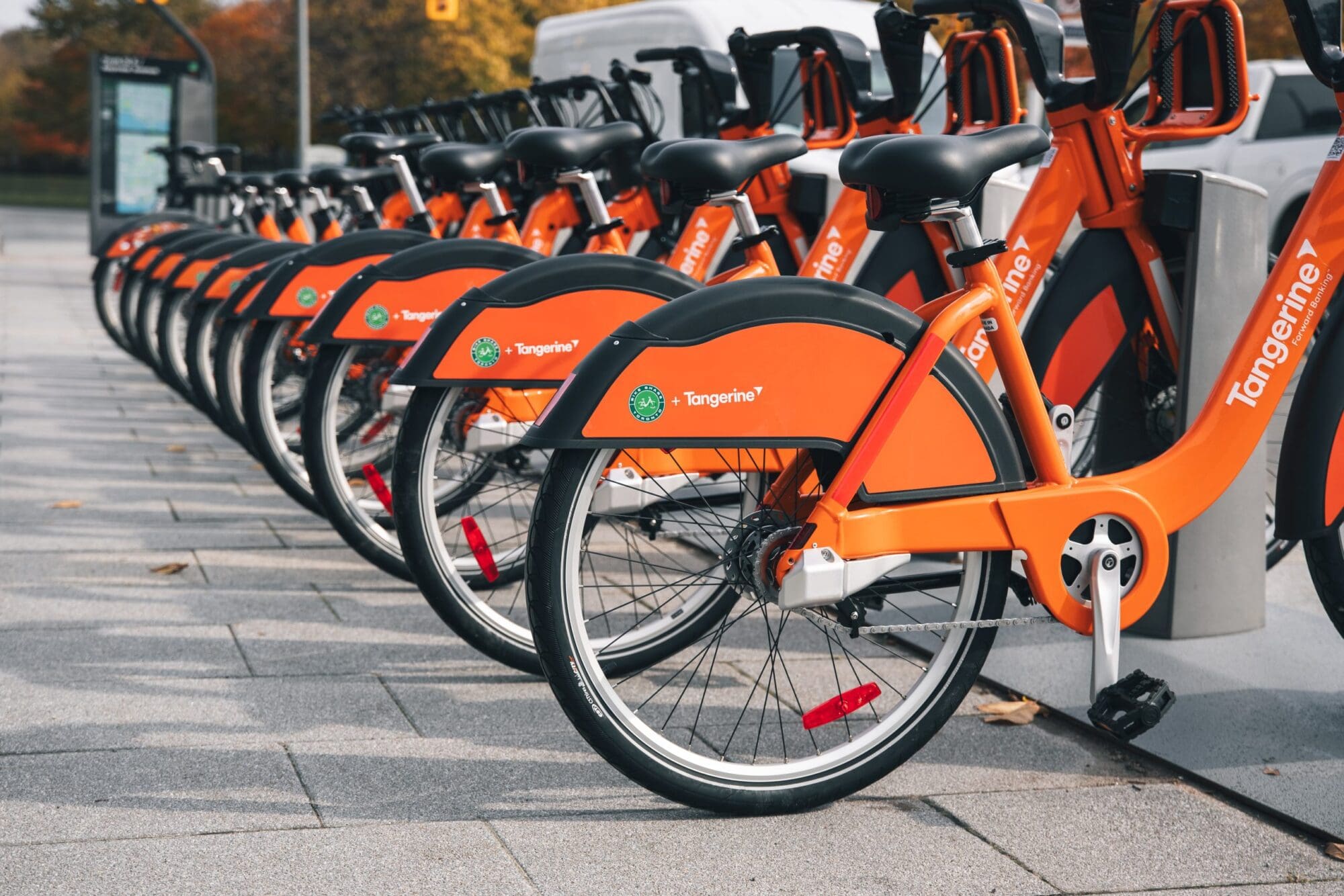
Though convenient and affordable, Bike Share has drawbacks. Availability can be unpredictable, and trip durations are typically capped at 30 to 45 minutes, with extra fees beyond that. Bikes can suffer from maintenance issues like flat tires or faulty brakes, and the heavy, one-size-fits-all design doesn’t suit every rider. While Bike Share offers a great introduction to urban cycling, especially for short trips, these limitations often prompt frequent users to invest in personal bikes for greater comfort, flexibility, and reliability.
Unfolding City Cycling: From Bike Share to Brompton
For many of our customers, the limitations of Bike Share become a turning point – a signal that it’s time to invest in a bike of their own. After a few too many empty docks, broken bikes, or rushed rides to avoid late fees, the appeal of owning a reliable, ready-to-go bike becomes necessary. That’s where folding bikes like the Brompton come in. For condo dwellers dealing with poor bike parking, a folding bike really cracks open cycling in the city – and far beyond too! (What other bike can be stored into the overhead compartments on a plane?)
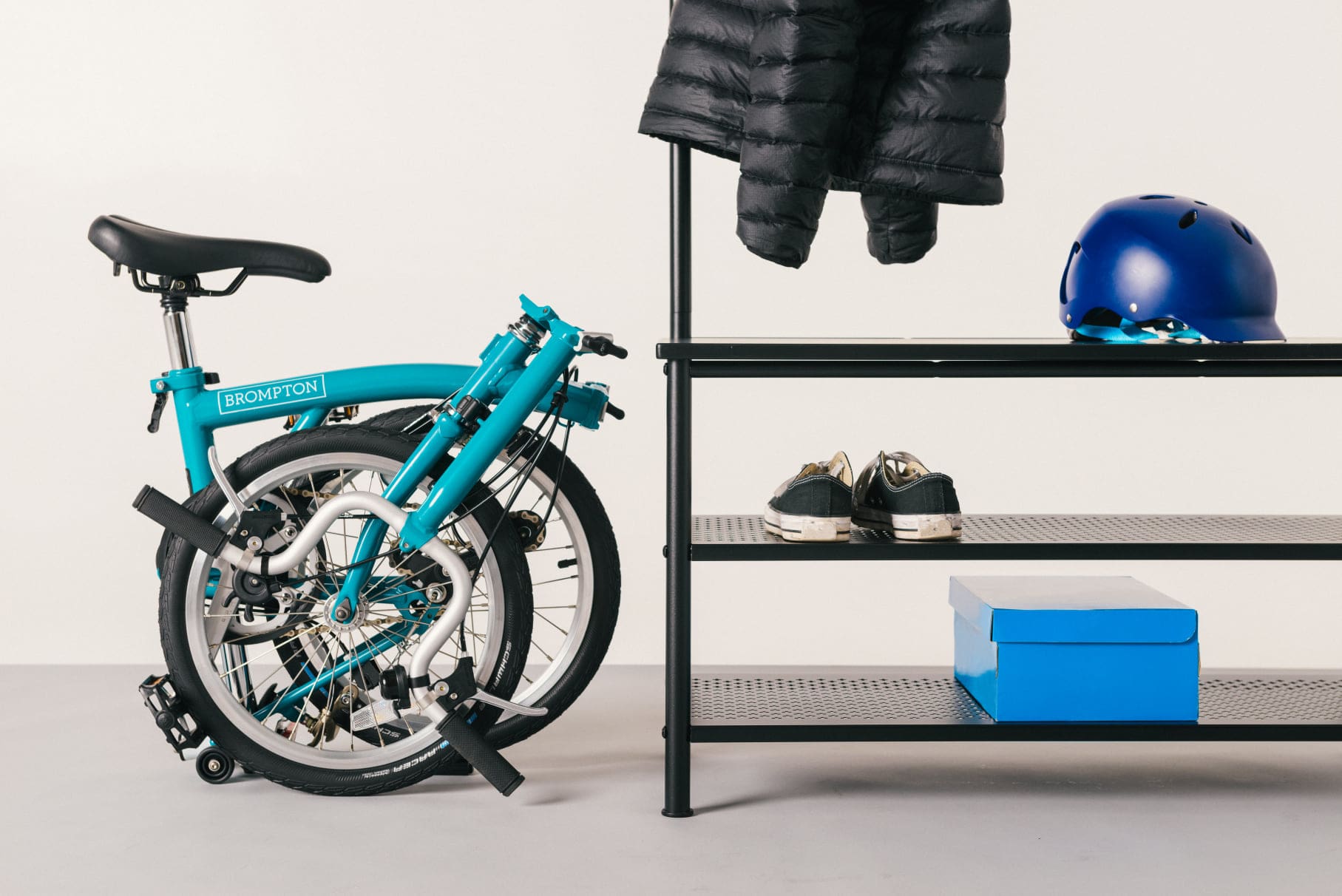
Where a regular bike and a Bike Share bike needs parking, a Brompton simply comes inside. And while secure condo parking may solve the “home end” of a trip, a Brompton solves the entire chain: home, store, school, work, library, gym. A Brompton is not just door-to-door – it’s inside-to-inside. You might say it is made for the great outdoors, but also the great indoors too! (Bonus level: it’s even a great shopping cart). As another bonus, a Brompton also travels beautifully: take it on a GO Train, check it as luggage, or stow it in a car trunk for a weekend getaway. Try doing that with a regular bike!

Compartmentalization Is the Problem – And the Solution
According to Dwelling Type Matters, Toronto’s city cycling scene is compartmentalized. Apartment and condo residents are boxed into bike parking that’s inconvenient, insecure, and disconnected from their daily lives. While Bike Share offers a partial fix, it still requires access to external stations and limited bikes.
The true breakthrough is a bike designed to be compartmentalized itself – small enough to fit inside your home, your office, even the overhead bin on a plane. Folding bikes like the Brompton break down the barriers of traditional bike storage by fitting seamlessly into every part of city life. If Toronto wants to unlock its full cycling potential, it needs condo parking infrastructure that embraces security. But even then, the best solution may be the bike that parks next to you – wherever you are.

